MONUMENTS
The Old Cathedral and King’s Castle – La Suda
Indispensable visit on this hill, where two of the main monuments of the city are concentrated. The visit to the monumental ensemble of the Turó de la Seu Vella, allows you to enjoy magnificent views of the city from the Bastion of the Serpent’s Tongue or the Bastion of the Queen. You can access the Seu Vella by car or on foot from Carrer Sant Martí, entering the walled enclosure through the Porta del Lleó or from Plaça de Sant Joan, by lift, through the Portal de Sant Andreu. The Seu Vella – also known as ‘The Castle of Lleida’ – is the monument with which, without a doubt, it is identified in the city of Lleida. This unique cathedral was built on a hill overlooking not only the city, but also much of the county of Segrià and the plain of Lleida. Its construction, begun in 1203, lasted for more than two centuries until the bell tower was completed in 1431. According to historians, the Seu Vella was built on the site of a Muslim mosque, with Pere de Coma as the first master builder. The great work began with the construction of the temple dedicated to Santa Maria, which has a Latin cross basilica plan with three naves and was consecrated to worship in 1278.
In the interior of the temple, they emphasize the sculpture of the ships of great Tuscan, Tolosa and Provencal influence that supposes a sample of the different factories that worked in the work throughout century XIII, and rest of painting are also appraised mural corresponding to the Gothic period. After the consecration of the temple, in the last third of the thirteenth century, the work was not interrupted and so, during the fourteenth century, the cloister was completed. In the same century, construction began on the bell tower, which was completed in 1431. Today, the Seu Vella is part of the Route of 1714, the Spanish Civil War.
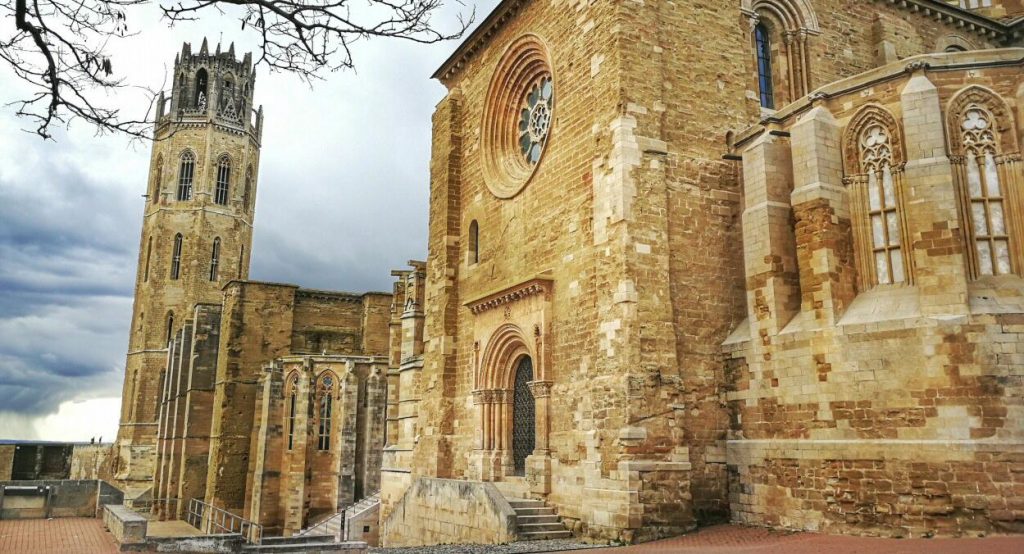
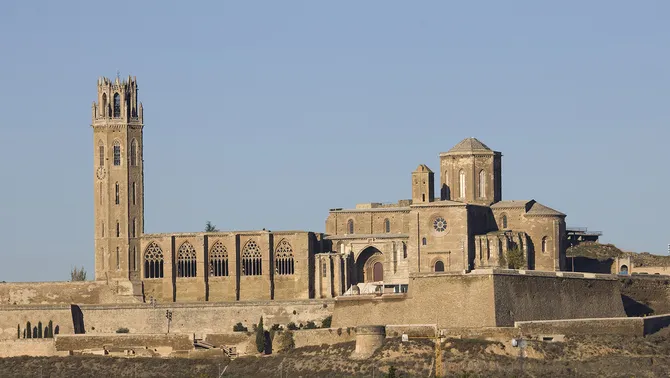
Templar Castle of Gardeny
During the second half of the twelfth century, the Order of the Temple erected a convent complex on the strategic hill of Gardeny. The elevation – which before our era was already used for military operations – was a visited by brilliant strategist such as Julius Caesar himself, who faced the Pompeians Afranius and Peter, installed in Lleida in 49 BC. During the 17th and 18th centuries, the old medieval enclosure was enlarged and transformed into a new military fort, the design of which would respond to the new defensive needs of the introduction of artillery: walls flanked by bastions and surrounded by wide spaces, pits and retaining walls. The current image of this monumental ensemble corresponds to the remains of what was one an imposing fortress. The castle of Gardeny – along eith those of Miravet, Montsó, Penyíscola and the city of Tortosa – is part of the Domus Templi Templar route. This journey through time reveals much of the heritage and Templar legacy of the ancient Crown of Aragon.
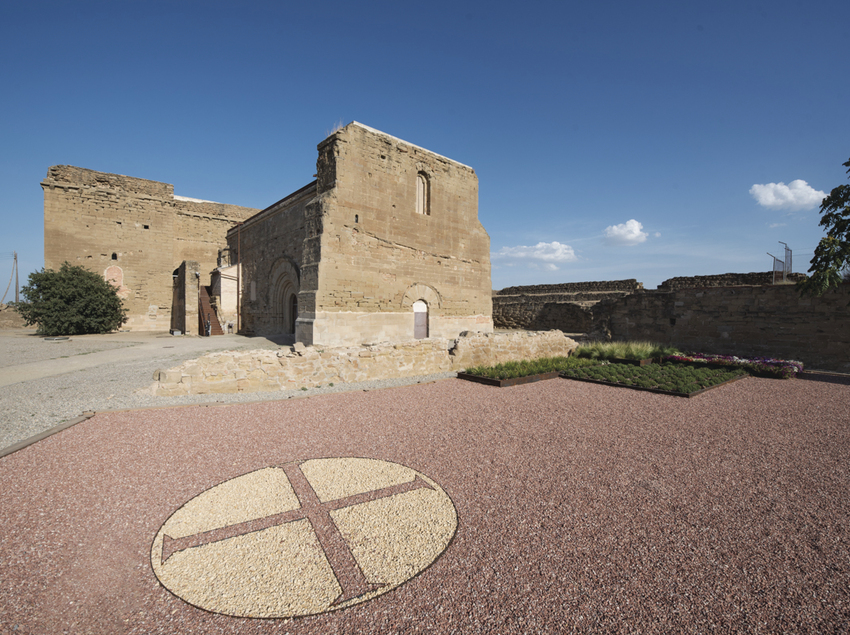

The Paeria palace
The Palau de la Paeria is a seat of the municipal government of the city and is located in the heart of the Commercial Axis. The term ‘paer’ comes from the Latin ‘patiari’ which means man of peace, and has its origin in the privilege garanted by King James I in 1264. It is a double-faced building: one overlooks the Plaza Paeria and is civil Romanesque style, and the other, neoclassical style and neo-medieval remodeling of 1929, on the river Segre. The result is a perfectly balanced construction. The building stands on ‘strata’ of history that municipal technicians and the University of Lleida have uncovered after successive excavations. The building was built at the beginning of the 13th century, and in 1383, the owners, the Lords of Sanaüja, ceded it to the city so that it would become the seat of municipal government. The Palau de la Paeria, the most representative work of Romanesque civil architecture in Lleida, is also one of the emblematic monumental constructions in Catalonia. Today, the Paeria, as it known by the people of Leida, that is to say, the house of the paer en cap (mayor), houses numerous treasures that reflect the identity of the city.
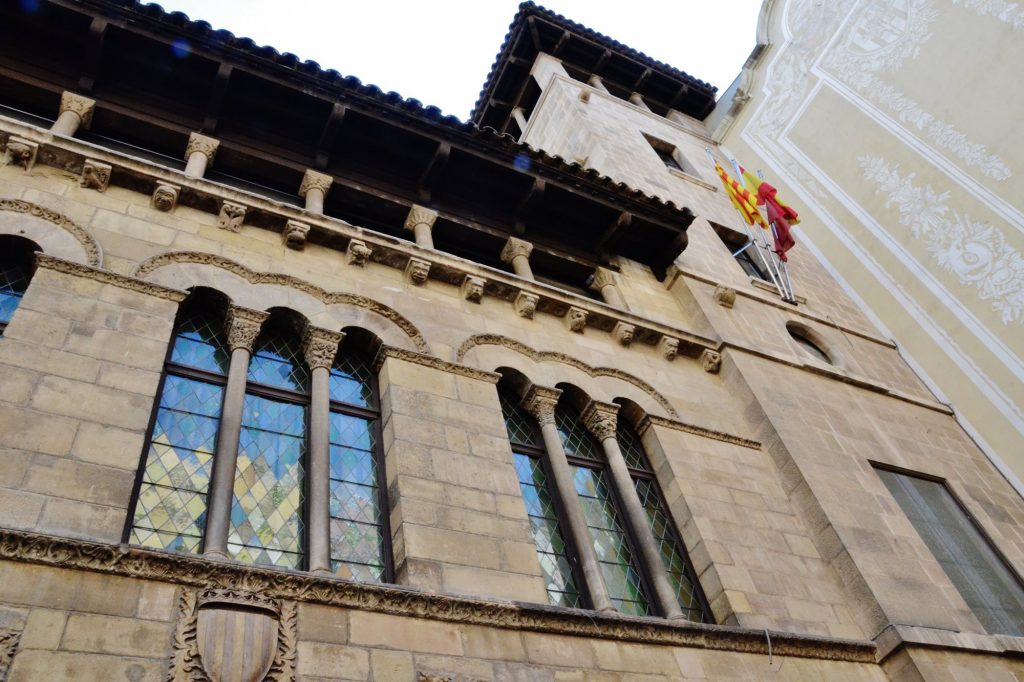
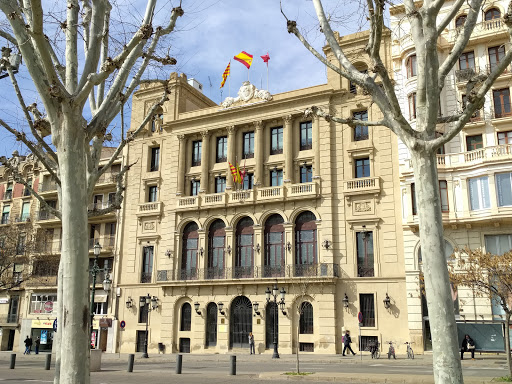
The New Cathedral
Between 1761 and 1781, the construction of the New Cathedral took place thanks to the contributions of the people of Lleida, King Carlos III and Bishop Joaquín Sánchez. Baroque style with a great tendency towards French academic classicism, it is located in the commercial hub, opposite the old Hospital de Santa María. The steps, with three semicircular iron doors and side turrets, giv access to the main door, which bears the coat of arms of the Bourbons in its upper part. The interior, with a floor plan of three naves, hides the slender colonnade of Corinthian air that supports the semicircular arches. The baroque-style choir, the work of Lluís Bonifas Massó, was destroyed during the Civil War (1936). The temple houses the image of the Virgin of Montserrat (La Moreneta), the work of Josep Obiols, patron saint of Catalonia and a pilgrimage point on April 27. The virgin of the Blau is also venerated, who celebrates her festivity on Febraury 2 and, according to legend, owes its name from ‘blau’ (blue) to the bruise that the sculptor made when throwing a hammer on her forehead when she saw, that during one of his trips, a disciple of his had finished the sculpture far exceeding the artisitc capacity of his master.
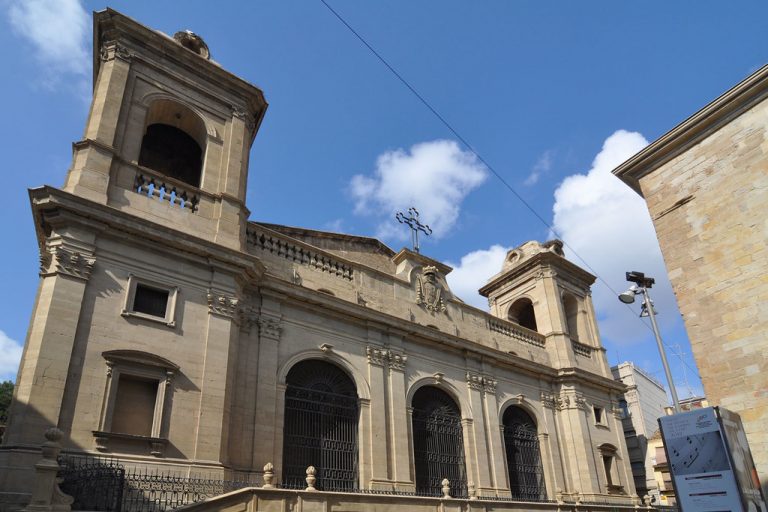
Church of Sant Llorenç
What was the cathedral seat twice, is a Romanesque style construction, but with Gothic extensions and finishes. Considered the second most important church after La Seu Vella, it has three naves of the same height, with three apses. The central nave, in Romanesque style, is the oldest. The other two aisles, together with the chapels and the octagonal-base bell tower, are in the Gothic style. (15th century) Construction began at the end of the 12th century with sculptors and craftsmen who worked with Pere de Coma, master builder of La Seu Vella. The building preserves four important Gothic altarpieces, the largest dedicated to Sant Llorenç, Santa Úrsula – attributed to Jaume Cascalls, Sant Pere and Santa Llúcia. Berenguer de Gallart’s coats of arms are visible on the Gothic door of Plaça de Sant Josep. The sculpture of the Mare de Déu dels Fillols, from the Seu Vella and a Gothic painting from the 15th century, Santa Maria de la Candelera, attributed to the painter Mateu Ferrer and representing Sant Blai stand out. In the same church is the tomb of Ramon de Tàrrega and Sant Crist Trobat, an image restored by Jaume Perelló. In 2002 the bell tower was restored, which has recovered its beauty thanks to the artisanal reproduction of the openwork of railing and the original gargoyles.

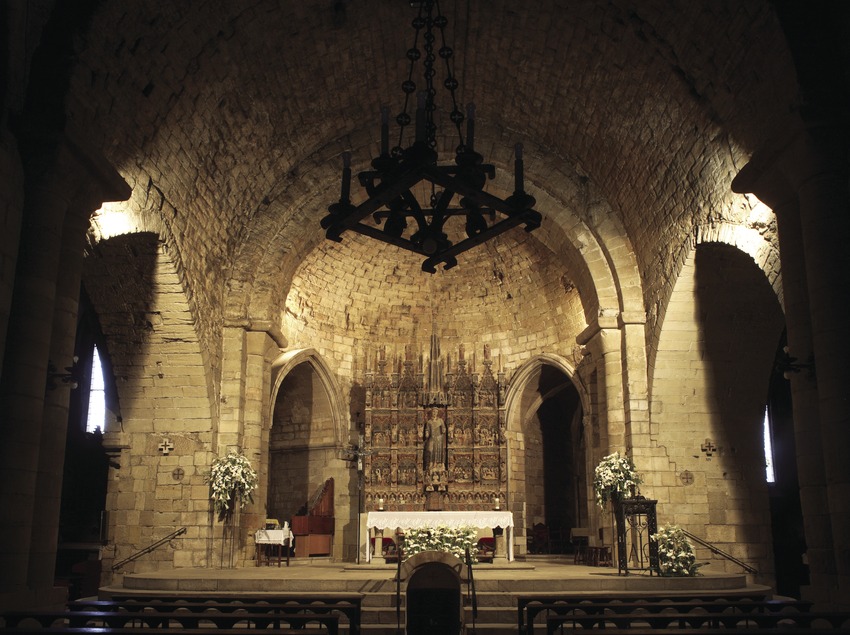
Former Hospital of Santa Maria
Gothic-Plateresque style building from the 15th and 16h centuries, whose main façades faces the New Cathedral, which housed a hospital for many years. Of the façade located on Calle Mayor, the portal and the presence of coasts of arms with Lleida coasts of arms stand out. The old sanitary facility is a magnificent construction of which, due to its singular beauty, its central patio stands out where a magnificent stone staircase is born that leads to a gallery of pointed arches. Currently, this historic building is the headquarters of the Institute of Ilerdenses Studies and houses, in its rooms, a space for temporary exhibitions with a baroque altarpiece dedicated to the Virgin of the Angels and made in 1738 by F Escarpenter.
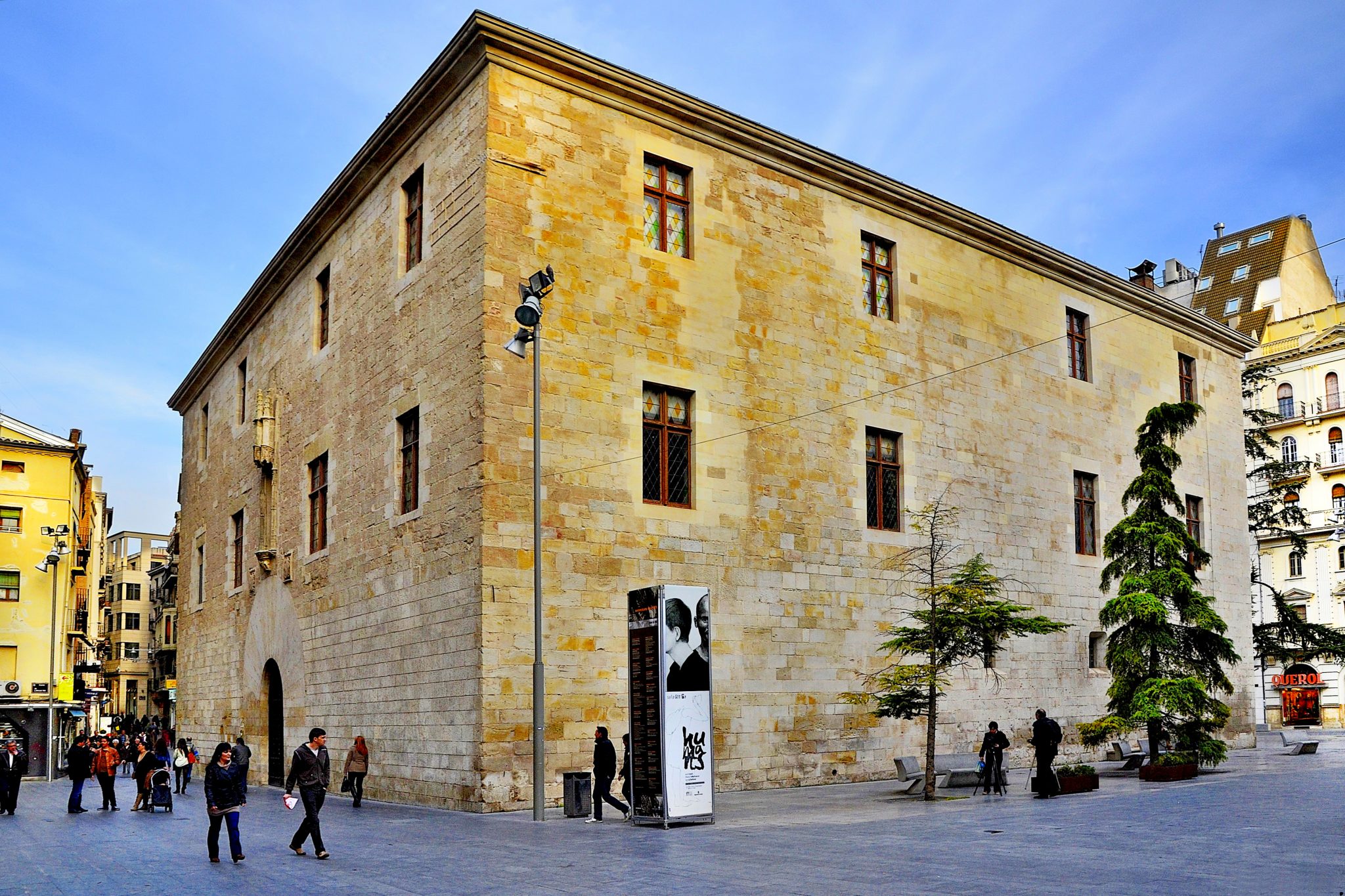
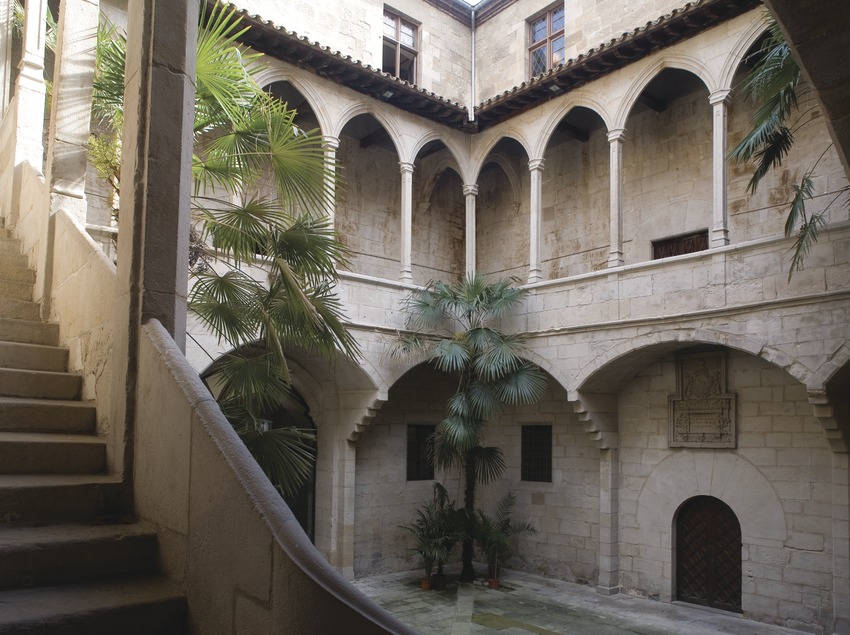
Church of Sant Joan
In one of the most characteristic squares of the city, we find the church of Sant Joan. The neo-Gothic construction dates back to the end of the 19th century, and the design was the work of Julio and Saracíbar and Celestino Capmany. Inside we highlight the stained-glass windows by Jaume Bonet, and the three rose windows representing the Assumption of Mary, the Epiphany and the Baptistery of Jesus.
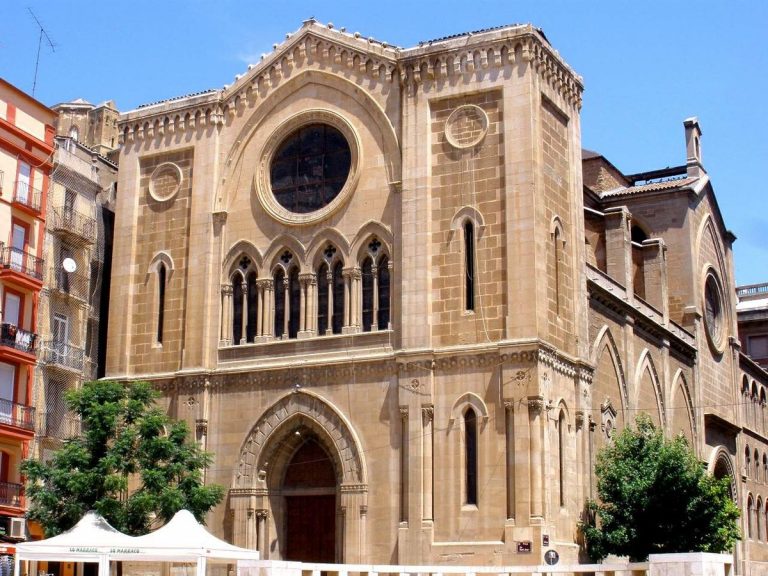
The Chapel of Sant Jaume – Pilgrim’s Foot
This small chapel, originally dedicated to the Virgen de Las Nieves, was built in Muslim times in what was the Christian quarter and is currently dedicated to the cult of the Apostle Santiago (Sant Jaume). Its a building with a quadrangular plan, of small dimensions, located in the middle of Calle Mayor. The chapel was restored in the 19th century thanks to Bishop Tomàs Costa y Fornaguera, who in 1877 commissioned the project to the diocesan architect Celestí Company. Externally we see two facades: the main one, with a semicircular arch crowned by the Virgen de las Nieves and flanked by two figures of the apostle Sant Jaume and Sant Joan Baptista (patron saint of the bishop of Lleida), and the one that overlooks Cavallers street, with two semicircular openings, one larger than the other, crownded, the largest, by a small oculus. Inside there is a sculpture of Sant Jaume, the work of the Lleida artist Jaume Gort Farré (20th century), which represents the apostole removing his thorn and a little angel illuminating him with a lantern. This sculpture goes out in procesion coinciding with his festivity, on July 24. There is also a mural by the Lleida artist Miquel Roig y Nadal (1924-1993) that presides over the altar. On the upper floor of the chapel there are rooms with permanent display of the well-known Lleida nativity scenes, Paulina Ametller and Joaquima Barrufet. The Peu del Rome chapel is included in the Catalan pilgrimage route of the Camino de Santigao.

The Marian Academy
Since its founding in 1862, the Academia Mariana has been a true symbol for the city. Starting with the building, we are faced with a construction of extraordinary value and dimensions with a neoclassical façade in which six shields stand out. Inside the building, there are artistic treasures such as: the noucentista lobby decorated with Greek marble, the imperial staircase, the theatre and the chapel.
The Sistine Chapel of Marian Art.
The Sanctuary of the Patron Saint of Lleida contains several unique artistic treasures in the world. The most impressive are the 300 square meters of fresco paintings, which date back to 1871 and which reproduce, together with some stained-glass windows, the life of the Virgin. This is the only place in the world where the life of the Virgin Mary is artistically captured. The Chapel, in Florentine Gothic style, is dominated by the figure of a White Virgin. The statue has this color due to the material with which it was sculpted: linden wood. Another important singularity of the small sanctuary is the wrought iron collection that it contains. Besides being the most complete in the city, it has the particularity of being the work of Antoni Guerra, considered the best artist of the 20th century in this field.
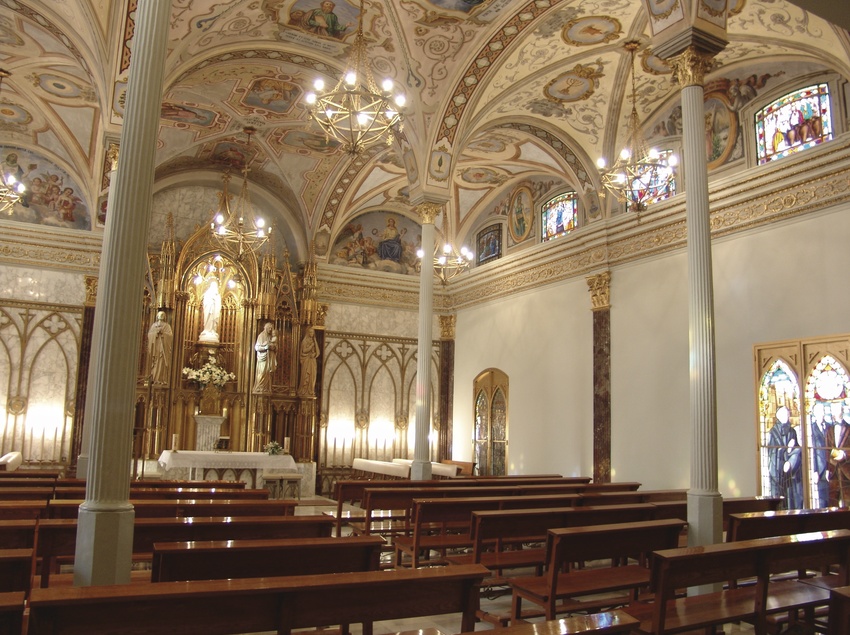

The Tanneries
The Tanneries, located at number 9 on the Rambla de Ferran, are the oldest in Spain and the best preserved. These are two workshops, now restored, that are part of a complex of seven tanneries from the 13th century. The two that have been recovered still contain the canalization they used in the Middle Ages, with the water course restored, which gives the visitor a very clean idea of how this essential element was used in the entire process of skin transformation. Access to the historical remains is via a wooden bridge that separates the two workshops and that allows us to observe the deposits dug in the rock that were used during the process of transformation of the skin. A skin that arrived dry or salty at the workshop and that was transformed into a soft and flexible leather prepared to be used to make gloves, hats, boxes, barrels or harnesses, for example. The visit will also discover the old water mine that is still preserved and will also allow us to appreciate architectural curiosities such as the arches that support Blanquers street or the remains of an Andalusian house.


La Cuirassa – The Lleida’s jewish quarter
500 years ago, the last Jews were expelled from medieval Lleida. Behind them, they left ‘La Cuirassa’, the neighborhood that allowed them to continue with their traditions and endow the city with a rich intellectual legacy. Being aware that the ‘Cuirsassa’ became one of the most important Jewish communities of the former Crown of Aragon, either equivalent royal privileges and a scientific community with its own medical school, there were practically no material testimonies of its presence in the city. After years of work by archaeologists, historians and architects, we can confirm the Jewish presence in the ‘Cuirassa’ in the form of streets, parchment workshops and even the house of a rich Jewish man: the House of the Program. This house has literally been a box of surprises. Set on fire in the attack on the Jewish quarter at the end of the 14h century, the roof collapsed, trapping everything it contained inside, including imported luxury objects, unique in the peninsula.
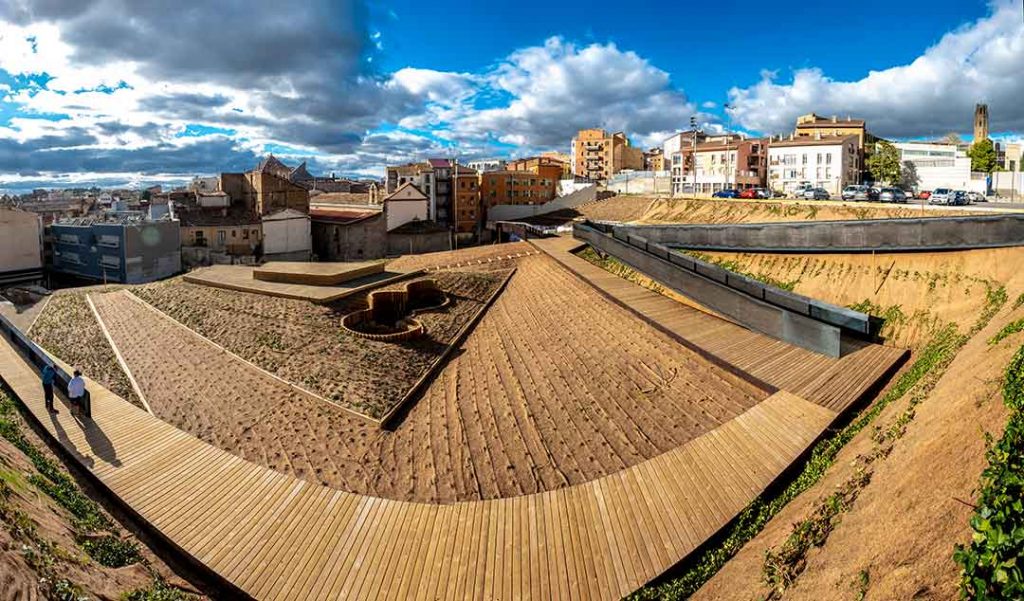
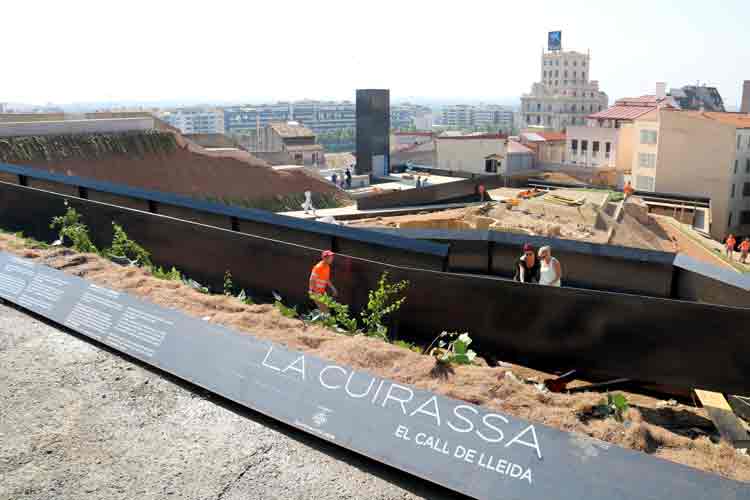

Plaça Sant Llorenç 5-6, 4º
Lleida 25002
Tel. 630 429 931
idee@fidee.eu

